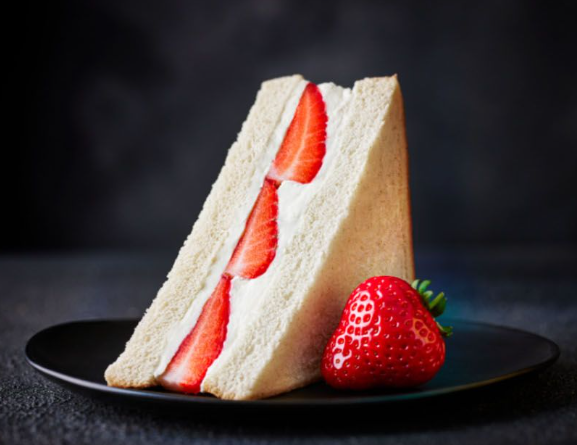
4 minute read
A berry taxing issue
A berry taxing issue
HMRC may want a bite of the strawberries and cream M&S sandwich, says Catriona Hyde
Strawberries and cream, the quintessential British summer dessert. Or is it? Marks & Spencer has recently launched a new treat, the viral strawberries and cream sandwich. It’s apparently so good that most of us haven’t managed to find one yet.
In typical accounting style though, we are now fixated less on the delicious treat and instead on a different issue – what is the VAT position of this product?
In the UK, VAT law should be fairly simple; the majority of food and drinks (other than alcohol) are zero-rated for VAT. The idea is that essentials should not incur an additional cost to consumers. There are, of course, a number of exceptions to this for non-essential items, including ‘confectionery’, which is standard rated at 20% VAT. Confectionery in the HMRC guidance is defined as ‘any item of sweetened prepared food… which is normally eaten with the fingers’. Looking at that definition in isolation, it seems clear that this sandwich is ‘confectionery’ (it is sweetened, it is prepared and it isn’t going to be eaten with a knife and fork) and therefore the price should
It is important at this point to note that M&S hasn’t commented on this question and the company may have priced this sandwich inclusive of the standard VAT rate. Assuming, however, that M&S would like to keep the price passed onto customers as low as possible, it is likely that they will make the argument to HMRC that this is not ‘confectionery’.
There are a number of potential arguments that M&S may make. The first is that this is a sandwich. This sandwich is based on a Japanese Sando and, like the dictionary definition of a sandwich, it is a filling between two slices of bread. In M&S shops this product is displayed amongst the other more traditional sandwiches. Although strawberries are not typical fillings in sandwiches, crème cheese is, and so are other fruits such as tomato, cucumber and cranberry. There is certainly an argument to be made that this is therefore a zero-rated item. One issue M&S may need to overcome is that this sandwich has only the equivalent of one slice of bread and is therefore not the same size as their other products. The bread is also not made using the same recipe as other sandwiches, as it is sweetened
In the alternative, M&S may argue that this is a cake. Everyone who has studied accounting knows the big Jaffa cake debate from 1991, which was settled when McVitie’s produced a giant Jaffa Cake in order to prove that a Jaffa Cake is a cake because it has cake-like properties and was ‘soft and friable’. As a result of that case, HMRC guidance set out that cakes are ‘often made from a thin batter containing flour and eggs, and aerated in the process of cooking’; these include ‘sponge cakes, fruit cakes, pastries, éclairs, meringues and Jaffa Cakes’. M&S may argue that their product meets this definition. One potential barrier to this argument being successful is that bread is generally made from dough rather than ‘batter’. Notwithstanding the similarities in ingredients to a Victoria sponge, this new sandwich doesn’t feel the same.
Ironically, in Ireland this would be less of an issue. In 2020, the Irish Supreme Court decided that even Subway rolls were not in fact bread –the high sugar content meant that it was cake and therefore under Irish Law had a higher VAT rate. Different VAT nuances mean that this argument doesn’t apply in the UK, but might be worth M&S lawyers reviewing when looking for a favourable definition of what constitutes cake.
The third option is that M&S find a different and entirely creative definition of what this product is. They are not limited in terms of the number of different descriptions that they can attach to this sandwich, they only have to prove that it isn’t confectionery. The key element in the existing case law appears to be to determine that it is something else entirely so we can wait with interest to see the arguments that M&S include and ultimately how the courts interpret this product. In the meantime, we can try to get hold of one to try it!
• Catriona Hyde, Associate Professor in Accounting and Finance, University of Leicester




